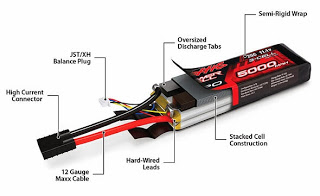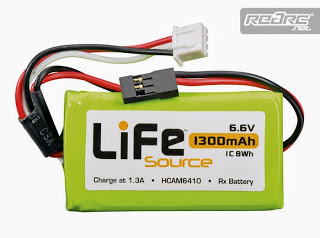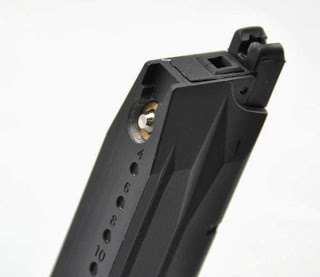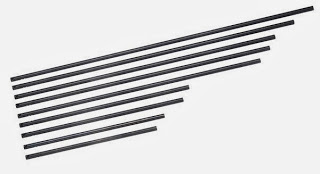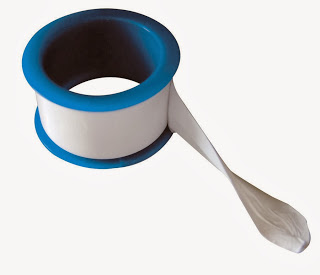The term “LiPo ready” is another marketing ploy that brands like KWA and a few others used to throw around to get their AEGs sold. And it worked. Not only did it work, but it got KWA’s AEG division off the ground and made them a huge brand.
The truth is “lipo ready” simply means the gun is electric. A LiPo is a power source. Generally, there are two flavors for Airsoft: 7.4v (two cell) and 11.1v (three cell) and both come in many different sizes and amp hour ratings for Airsoft.
When this term was coined it was more relevant then than it is today. The LiPo of old was unstable and when knocked around could become a hand grenade in your hands. Or if it was charged wrong, or was too hot, or shorted or discharged completely, or if you just didn’t buy it pie on its birthday. LiPo’s now have a small fusible link between cells or similar safety systems because waivers cost trees. Since LiPo manufactures took liability into account on their design, the Airsoft world switched over to this new power-source, albeit with many road bumps (I’m sure you have heard the stories). The first company that could claim the title would be popular in the AEG manufacturer realm. Thus, in walks the “LiPo ready AEG” and everyone had to have one.
What does it really mean?
In reality it means the Airsoft gun doesn’t suck. If it can’t handle a LiPo in stock form then it has problems anyway and is likely garbage. When Airsoft GI did their “LiPo ready your gun for 75$” marketing schtick, it meant they opened it and re shimmed it and checked your piston. So basically: “send me your gun and 75$ + shipping and I will give you a 20 minute shim job.” Everyone major retailer would do just that with a smile back then.
There are many AEGs that should not have LiPo’s. But most today can handle an 11.1v with no problems. All manufactures around today got here by:
(Not in any order)
1. Not sucking
2. Lots of fan boys
3. Customer service
4. Quality
5. Overall appearance and feel of said product
6. Product reputation via word of mouth
7. Final cost
8. Can I make it better than the other guy
9. Reliability
All these pretty much are relevant to making an AEG lipo ready and all the manufactures left in operation today have done so by doing this list or at least most of it – and through a form of Darwinism, the weak have gone out of existence and the strong get birthday pie.
So “LiPo ready?” really is a question of gearbox quality. From a JG G36 to a Systema PTW, they both have good enough internals for a LiPo. It’s just when they break – and they all do – the LiPo will get you there faster just because it is sending more rounds downrange in less time (if that makes sense.)
A decent manufacturer can go 100,000 rounds until failure. If you’re doing more rounds per second you are simply getting there faster.
